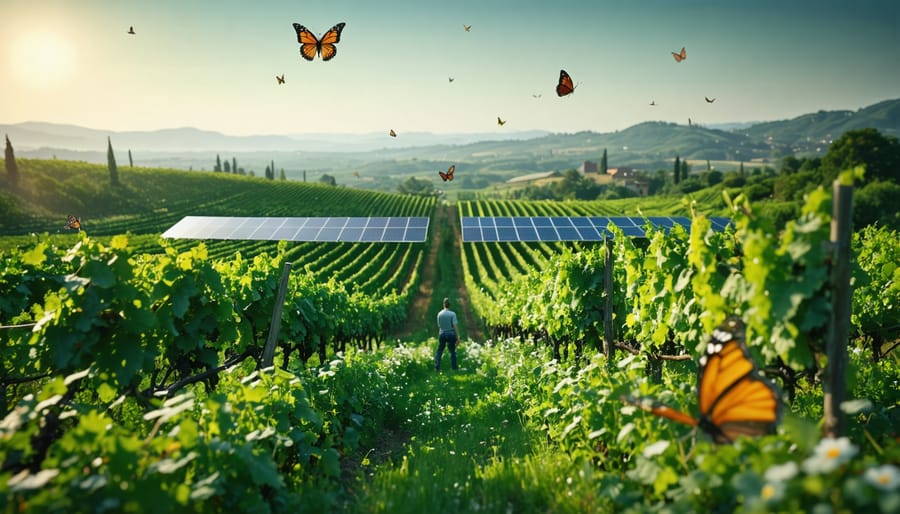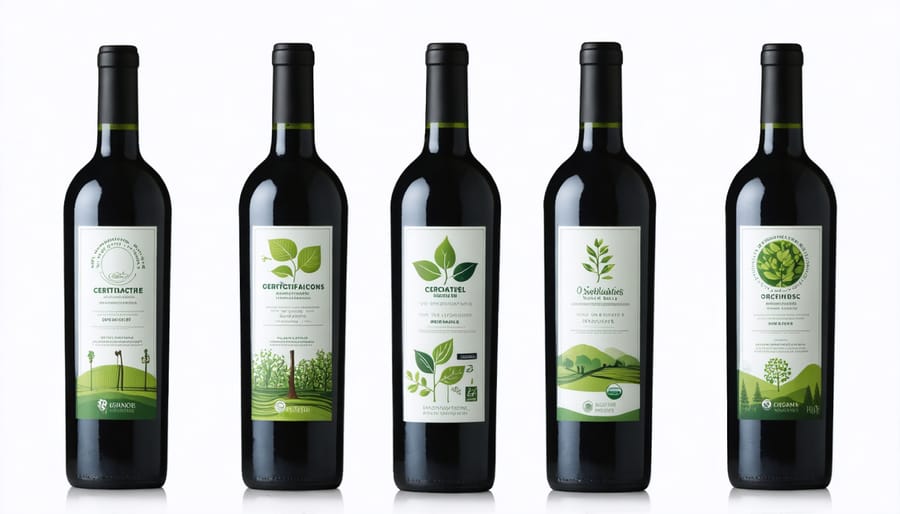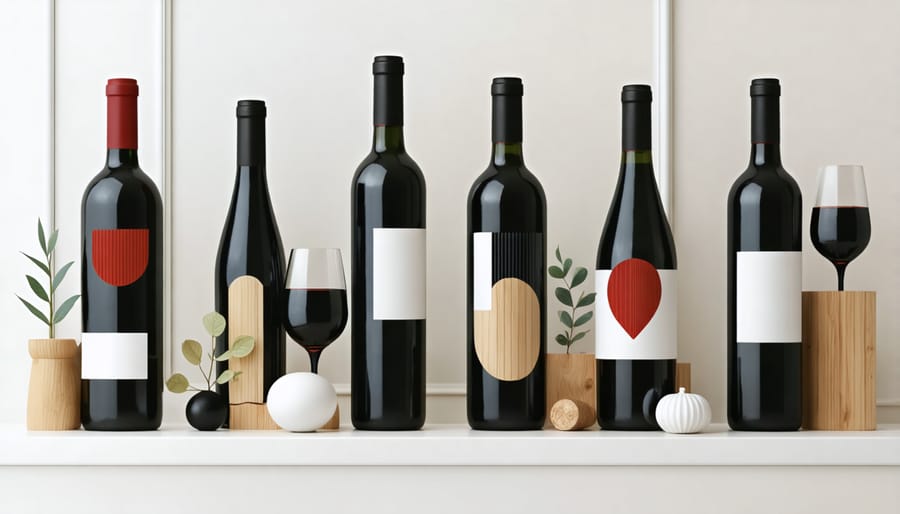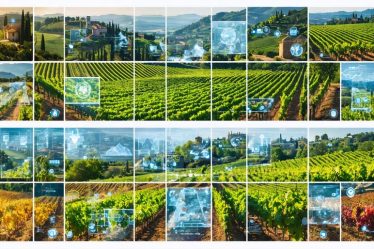
Savor your wine with purpose and discover how sustainable wine production benefits both your palate and our planet. Beyond the enticing aromas and complex flavors, today’s conscious wine choices reflect a growing movement toward environmental stewardship in viticulture. From organic farming practices that nurture healthy soils to water conservation techniques that preserve precious resources, sustainable winemaking represents a beautiful marriage of tradition and environmental innovation. As wine lovers increasingly seek bottles that align with their values, leading vintners worldwide are embracing practices that protect biodiversity, reduce carbon footprints, and create wines that truly capture the essence of their terroir. Whether you’re a seasoned enthusiast or just beginning your wine journey, understanding sustainability in wine means participating in a movement that celebrates both exceptional taste and environmental responsibility.
What Makes Wine Truly Sustainable?
From Vine to Wine: Natural Growing Practices
Picture walking through a vineyard where butterflies dance between the vines and wildflowers peek through the soil – this is the essence of natural wine growing. More vintners are embracing organic farming methods, letting nature take the lead in grape cultivation. Instead of reaching for chemical pesticides, they’re introducing beneficial insects like ladybugs to manage pests naturally, while cover crops like clover help nourish the soil.
I recently visited a sustainable vineyard where the winemaker showed me how they use old-world techniques like companion planting – growing roses at the end of vine rows as an early warning system for potential diseases. They also practice dry farming, allowing the vines to develop deeper roots and produce more concentrated flavors without excessive irrigation.
These natural approaches not only protect our environment but also result in grapes that truly express their terroir – that magical combination of soil, climate, and growing conditions that makes each wine unique. While it requires more patience and careful attention, this return to traditional farming methods is creating wines that are both better for the planet and deliciously authentic.

Water and Energy Conservation
When I visited a sustainable winery last summer, I was amazed to learn how much thought goes into every drop of water and kilowatt of energy used in wine production. Today’s eco-conscious wineries are pioneering innovative ways to conserve these precious resources while crafting the wines we love.
Many wineries now use drought-resistant grape varieties and precision irrigation systems that deliver water exactly where and when vines need it most. Solar-powered moisture sensors help vineyard managers make smart decisions about water usage, while collecting rainwater and recycling winery wastewater have become common practices.
On the energy front, wineries are embracing natural solutions like gravity-flow systems, which move wine through the production process without using pumps. Solar panels are becoming a familiar sight among the vines, powering everything from irrigation systems to temperature-controlled fermentation tanks. Some forward-thinking wineries have even achieved net-zero energy status by combining renewable energy with energy-efficient equipment and smart building design.
What I find particularly inspiring is how these practices not only protect our environment but often result in better-quality wines. It’s proof that doing good and enjoying good wine can go hand in hand.
Choosing Earth-Friendly Wines for Your Table

Reading Wine Labels Like a Pro
Have you ever stood in the wine aisle, feeling overwhelmed by all those eco-friendly claims on the labels? Trust me, I’ve been there! Let’s decode these wine labels together and make your sustainable wine shopping a breeze.
First, look for official certification logos. The USDA Organic seal means the wine is made from organically grown grapes without synthetic fertilizers or pesticides. If you spot “Made with Organic Grapes,” that means at least 70% of the grapes are organic, though the winemaking process might include some conventional methods.
Another certification to watch for is SIP (Sustainability in Practice), which focuses on the entire ecosystem of wine production, from water conservation to worker welfare. The Demeter certification indicates biodynamic farming practices, which take organic farming to the next level by treating the vineyard as a self-sustaining ecosystem.
Keep an eye out for terms like “Certified Sustainable,” “Fish Friendly Farming,” or “Napa Green.” These regional certifications show the winery’s commitment to environmental stewardship in their specific area.
Remember, not all sustainable wines carry certifications – some small wineries follow eco-friendly practices but haven’t pursued formal certification due to costs. In these cases, look for detailed descriptions of their farming and production methods on the back label or their website.
Fun tip: Start snapping photos of labels from sustainable wines you enjoy. Creating your own digital wine journal makes future shopping so much easier!
Local vs. Imported: Making Smart Choices
Have you ever wondered about the environmental impact of that bottle of wine traveling across oceans to reach your dinner table? As someone who loves both wine and our planet, I’ve learned that the “food miles” debate isn’t as straightforward as it might seem.
While supporting local wineries can reduce transportation emissions, the overall carbon footprint of wine production involves many factors. Surprisingly, how a wine is produced often matters more than how far it travels. A sustainably produced wine from New Zealand might actually have a lower total environmental impact than a conventionally produced local option.
Consider this: transportation typically accounts for only 10% of a wine’s carbon footprint. The majority comes from production methods, packaging choices, and refrigeration needs. That’s why I always encourage looking beyond just the distance factor when making eco-conscious wine choices.
When choosing between local and imported wines, consider these factors:
– Production methods (sustainable, organic, biodynamic)
– Packaging (glass weight, alternative packaging)
– Transportation method (ship vs. air freight)
– Storage requirements
– Local climate suitability for grape growing
Many local wineries are doing fantastic work in sustainable practices, and supporting them helps build a more resilient local food system. However, don’t feel guilty about enjoying that French Bordeaux or Chilean Carménère – just make sure to research the producer’s sustainability credentials and opt for ocean-freight transported wines when possible.
Sustainable Wine Storage and Serving Tips
Energy-Efficient Storage Solutions
Let’s talk about keeping our favorite wines eco-friendly without compromising on taste! I discovered some amazing storage solutions that help preserve wine quality while being kind to our planet. The key is maintaining proper temperature without excessive energy use.
Consider investing in a thermal-insulated wine cabinet instead of a traditional electric wine fridge. These clever units use passive cooling technology and require minimal electricity. I switched to one last year, and my energy bill dropped noticeably!
For smaller collections, try the traditional cellar approach with a naturally cool basement corner or under-stair space. Add insulation panels to maintain consistent temperatures, and use recycled materials like cork or reclaimed wood for your wine racks.
Here’s my favorite tip: group your wines by temperature needs. Keep everyday wines in easily accessible areas at room temperature, and reserve climate-controlled storage only for those special bottles that truly need it. This strategic approach reduces energy consumption while ensuring your wine collection stays in perfect condition.
Remember to position your storage away from direct sunlight and heat sources – nature’s way of temperature control is always the most sustainable!
Recycling and Upcycling Wine Packaging
Ever since I started my sustainable wine journey, I’ve discovered so many creative ways to give wine packaging a second life. Those beautiful bottles don’t have to end up in the recycling bin right away! I’ve turned mine into elegant water carafes for dinner parties and eye-catching vases for fresh-cut flowers. Some of my readers have shared even more brilliant ideas, like using them as olive oil containers or transforming them into decorative garden lights.
Don’t overlook those corks either! Natural corks can be collected and composted, or saved for crafty projects like making bulletin boards or rustic coasters. Many wine shops also participate in cork recycling programs, making it easy to ensure these materials get properly recycled.
Even the wooden boxes that premium wines come in can find new purpose as herb planters or stylish storage containers. My favorite upcycling project was turning a wine crate into a wall-mounted spice rack – it adds such a charming touch to my kitchen while being perfectly functional.
Remember, every small effort to reduce waste counts, and with wine packaging, the creative possibilities are endless!

Food Pairings with Sustainable Wines
When it comes to wine and food pairings, sustainable wines offer exciting opportunities to create environmentally conscious dining experiences. Start by sourcing local, seasonal ingredients that mirror your wine’s terroir. For instance, pair a biodynamic Sauvignon Blanc with locally grown greens and herb-crusted goat cheese from nearby farms.
Plant-based dishes are natural companions for sustainable wines. Try matching an organic Pinot Noir with grilled mushroom steaks or roasted root vegetables. The earthiness of these ingredients beautifully complements the wine’s characteristics while maintaining a low environmental impact.
Consider sustainable seafood options when serving natural white wines. A crisp, organic Chablis pairs wonderfully with line-caught fish or responsibly farmed oysters. For those special occasions, match your biodynamic sparkling wine with locally sourced canapés made from seasonal vegetables and artisanal cheeses.
Don’t forget about dessert! Organic sweet wines shine alongside fresh, locally grown fruits or honey-based treats. I love serving my favorite sustainable Late Harvest Riesling with an apple galette made from orchard-fresh apples.
Remember to check if your local farmers’ market vendors offer wine-friendly products. Building relationships with local producers not only supports the community but also helps create more meaningful dining experiences that celebrate both sustainability and flavor.
As we raise our glasses to the future of wine, let’s remember that every sip can make a difference. Sustainable wine practices aren’t just trendy buzzwords – they’re essential steps toward preserving our planet’s precious resources while ensuring we can continue enjoying exceptional wines for generations to come.
By choosing wines from environmentally conscious producers, we’re not only treating ourselves to unique, terroir-driven flavors but also supporting vineyards that prioritize soil health, biodiversity, and responsible water usage. I’ve personally noticed how these mindful practices often result in wines that truly express their natural character and sense of place.
Whether you’re a casual wine enthusiast or a dedicated collector, your purchasing decisions matter. Next time you’re shopping for wine, take a moment to look for sustainability certifications or ask your local wine merchant about their eco-friendly options. Remember, small changes in our buying habits can create rippling effects throughout the industry.
Let’s make sustainable wine choices our new normal – because nothing pairs better with a beautiful glass of wine than the knowledge that we’re helping protect our environment. Cheers to making conscious decisions that benefit both our palates and our planet!



